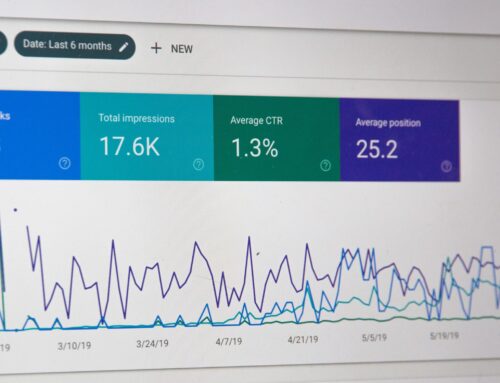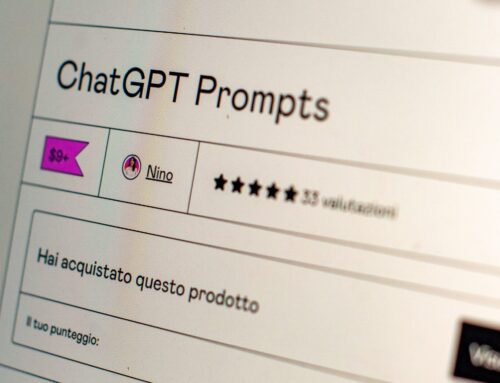In this blog post, we’re going to look at a video by Jack McGrath on the cost of not doing onboarding and how it affects your bottom line. Watch the video above, or scroll down for a written account of the information.
How many new hires leave within 6 months?

Let’s start by talking about the big number: the number of new hires that leave within six months of being hired. According to SHRM, that number is 28%, that’s nearly one in three! A third of your workplace or your workforce. So, what are the costs associated with that kind of turnover?

Let’s go into the financials. In our example, Gloria is one of the three new hires at our company. And she’s probably going to be gone after six months. She won’t be completely gone because it’s only 28 it’s not 33%, but Gloria has one foot out the door so to speak. Imagine the high likelihood of losing one of your three new hires, it’s expensive!
According to a Glass Door survey, the average employer spends four thousand dollars in 24 days on a new hire in North America. Imagine the cost of background checks, marketing, interview and pre-assessment time, recruitment technology or resources…and this doesn’t take into account if you’re hiring somebody specialized, where you have to hire very specific recruiters and the costs go up even further. Say if you onboard 30 new employees a year, and 10 are going to leave, that’s roughly forty thousand! And the costs of onboarding aren’t only financial.
What are those non-monetary costs?
First, there’s employee turnover. We don’t want to lose a third of our workforce, that’s a given.
The second thing to consider is that it takes a lot of time to onboard through poor performance. Have you ever showed up to a fast food restaurant, and you can tell the cashier at the register has no clue? They’re trying their best, but they are brand new, just started today, and they’re demoralized. You know they can’t perform well, and you’re waiting forever as they work through the steps slowly and call their manager over again and again to help them do every step.

And third, performance and productivity is takes a huge hit. Productivity does as well, since only an average of 77% will hit their first performance goals.
These costs of employee morale and ability can end up losing you customers as well. As an example of how you can onboard more efficiently, let’s talk about Hilton. A few years ago Hilton launched a brand new chain called Tru. At the time, the brand didn’t even exist. Before they even built the hotels they were already planning their onboarding strategies, which gives you an indication of how important it is to that to that culture.

Danica is a representative new manager that we dreamed up for Hilton. She is a brand new manager that’s just started, how do we onboard Danica?
What we pitched is that there’s something called a learning journey. We find that with onboarding there’s a real power to training automation. That is, how can you automate onboarding so that you have training that’s standardized and consistent, that’s engaging aligns completely with your corporate brand, but that you can do in an inexpensive fashion?
We looked back at those values and broke them up into time-spaced moments. This was really important because it went back to the concept of how quickly people forget what they’ve learned (within 10 days people can forget about 90% of what they learned in a training experience. We didn’t want our resources to be wasted, so instead, we used time-spaced learning.
This means on the day that Danica comes on board, she’s automatically set up with a Tru map. Then, she has a due date for her first touch base. This keeps the new concepts always on top of mind and fresh.
We also used the play model to engage the new employees so that they were excited. After all, it’s fun to learn through play! In this particular example, we first provided learners with resources. This could even be accomplished with low-tech resources like job aids and manuals from handbooks. Then after learning, they’d interact with the content through gamification.
What this does is allows Danica to work through a workbook style of hands-on applied learning. For example, in this case, Danica needed to work on her marketing plan for her new hotel. So we designed each of these milestones so that she completes her marketing plan and then she meets up with other managers across the Tru brand on the exact same journey. Since they’re also building marketing plans as part of this onboarding process, they can share their ideas with one another. It’s a great way to do some social learning and for Danica to engage and interact with other managers like her.
That follows the last strategy, the teach-back method. We learn really well from each other, 70% of what we learn we learn we learn from others. So the next portion of onboarding is that Danica has to go up onto Hilton worldwide university and share back what she’s learned about her marketing plan and her process. She’d be helping to propagate content that could be used for other new managers, so again, it’s a nice self-perpetuating circle. All of these strategies help to make their onboarding smarter, faster, and more effective.
Recap
To wrap up, what are the results of effective onboarding? We talked about losing a third of your employees within six months, and research shows that with onboarding and training for your new hires, their retention increases by 82% percent. Even more importantly, 69% of those will stay for at least three years!
Based on the costs we’ve discussed, poor performance, 60% reduction in the time to productivity when you provide onboarding for your new hires, and lost productivity, being able to standardize that success would be a huge improvement. And, as we also have shown, it doesn’t have to be incredibly complex or sophisticated to create this for various roles at your organization. Just providing consistency can really make an impact, so let’s make a happy Danica who stays for longer than six months and really contributes to your company.
Are you ready to start a learning journey in your organization? Contact us to schedule an appointment for a free evaluation.
For more industry-focused articles like this, subscribe to our free monthly newsletter, Smarter…Faster!




